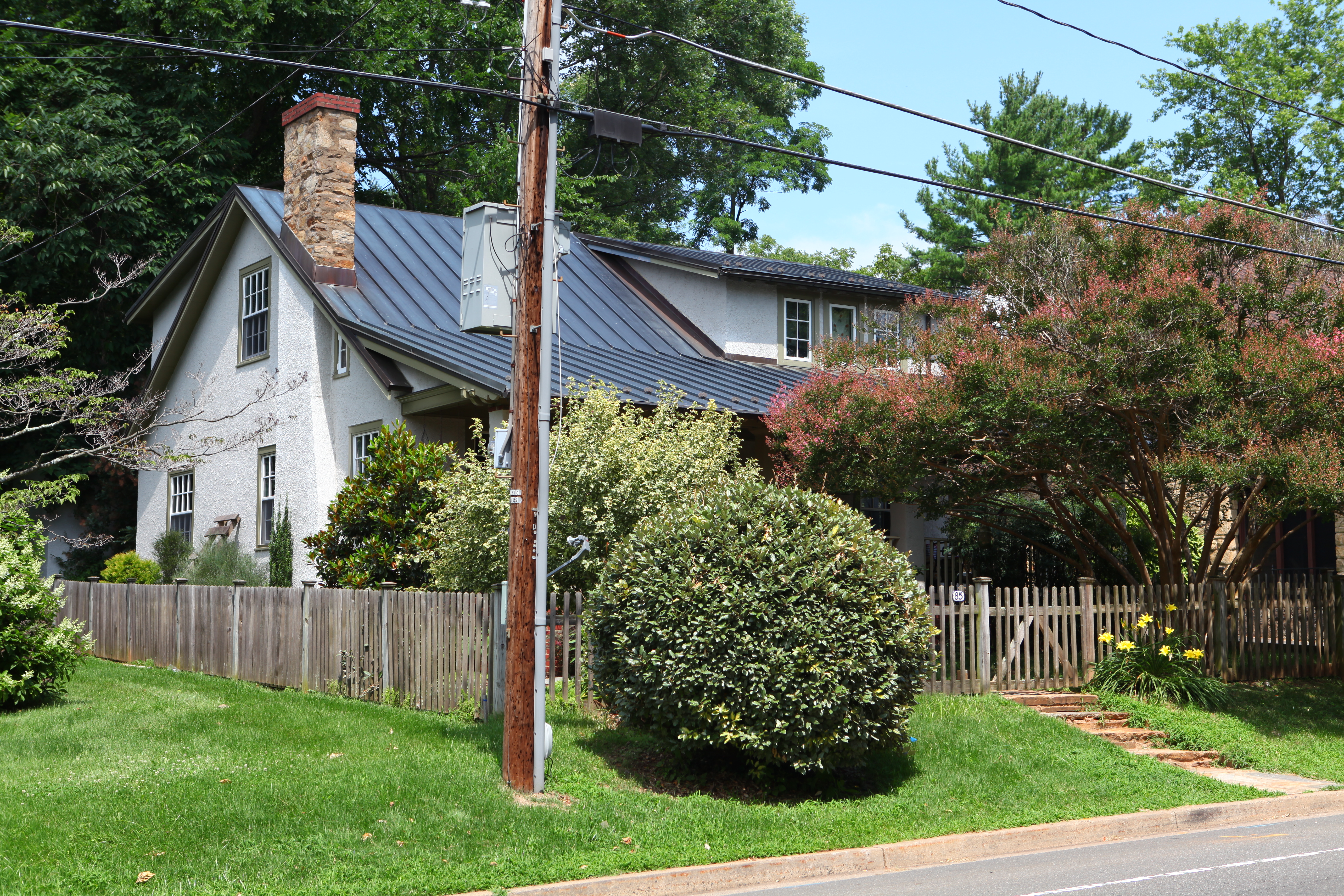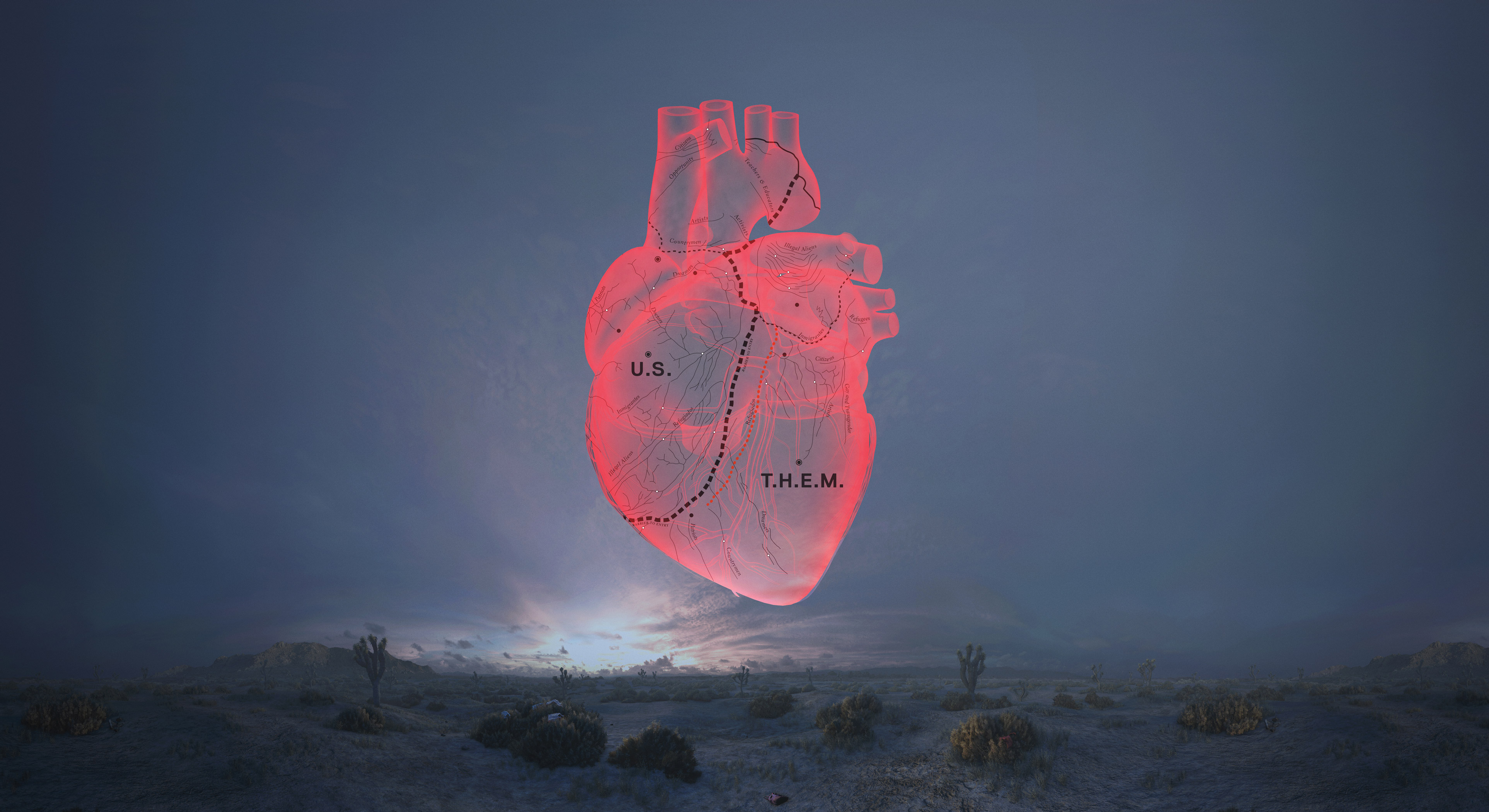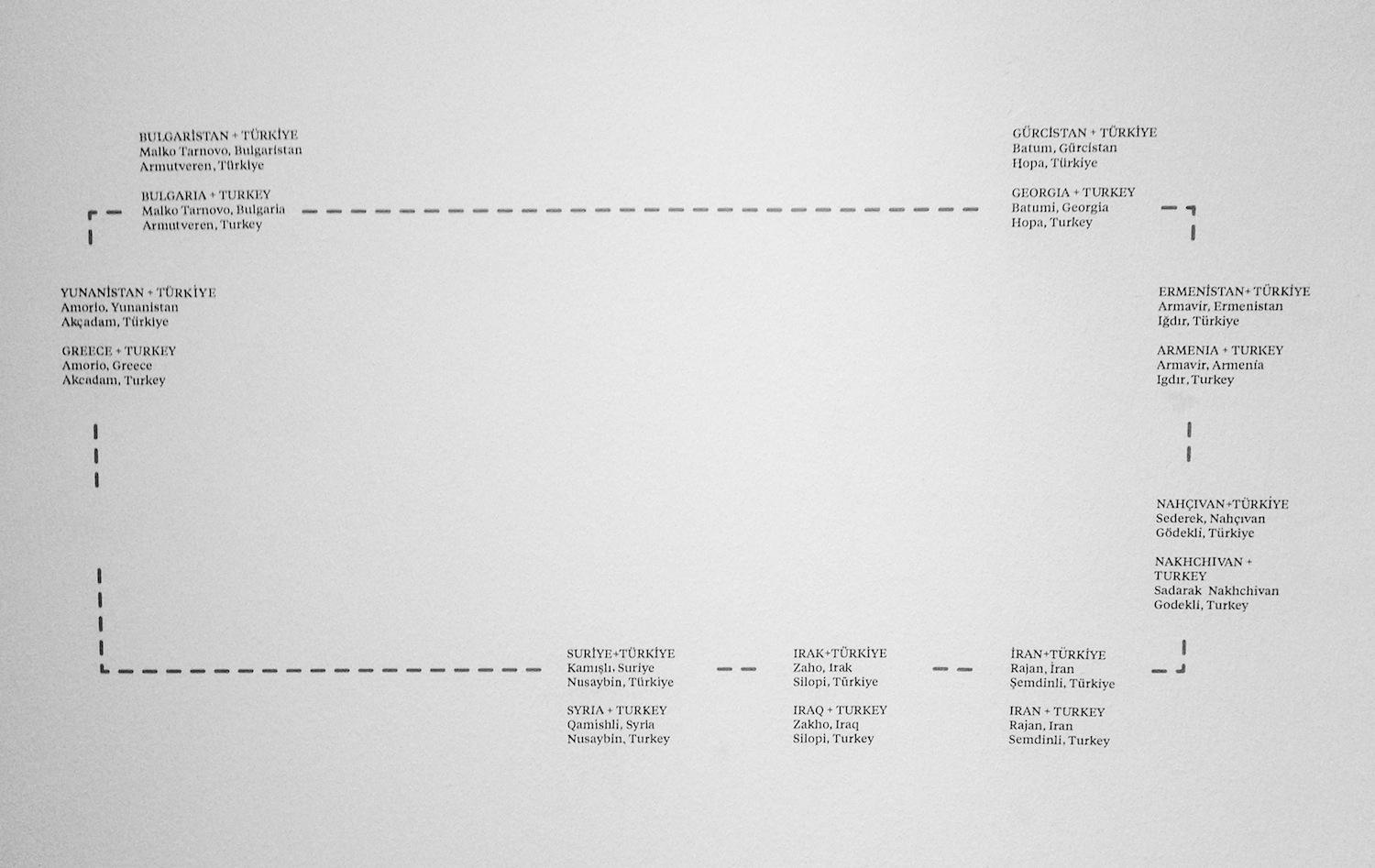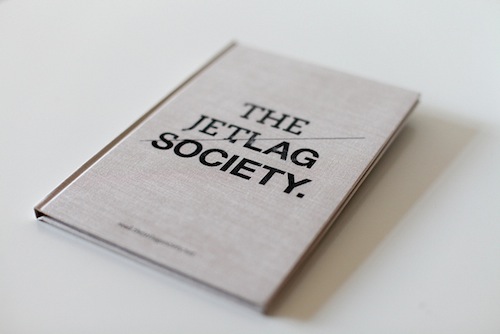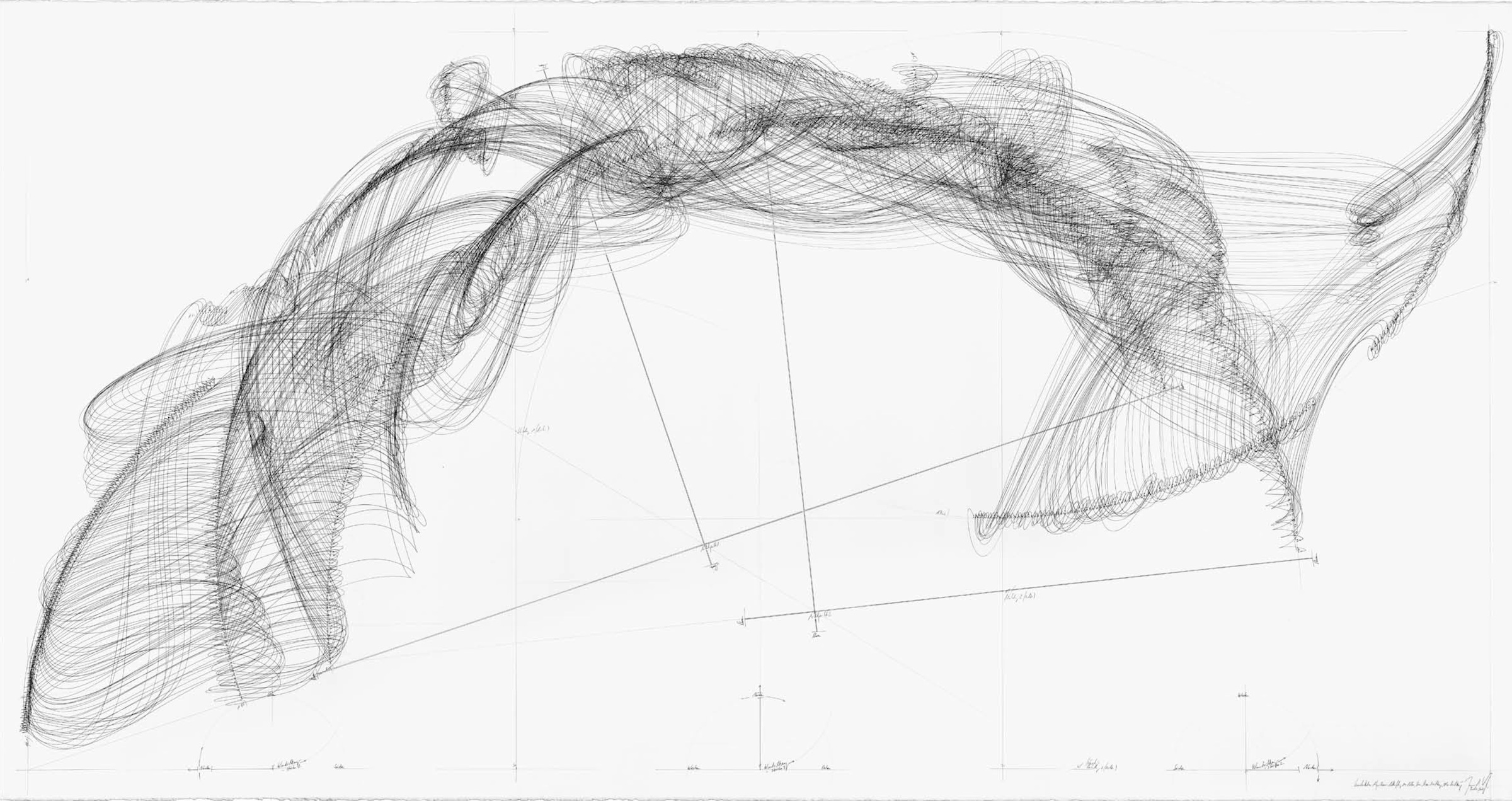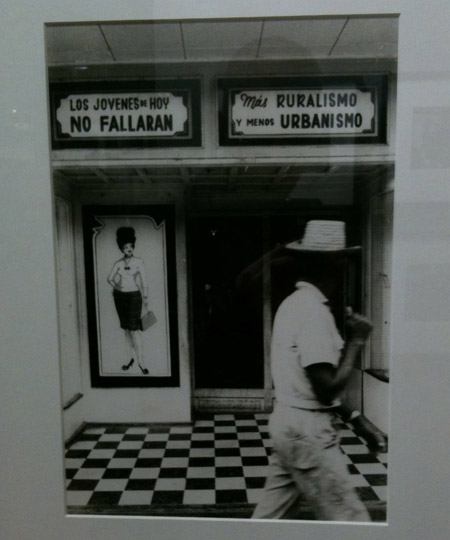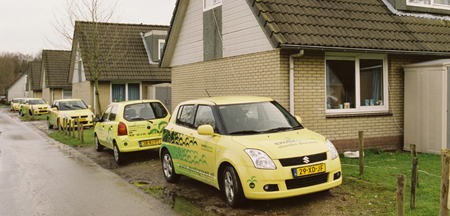Towards an auto-generative Public Domain?
A couple of days ago, I came across the website generated.photos (via the Verge) a new service that offers 100.000 computer generated portrait images and positions them as an alternative to traditional stock photos. The Verge article highlights the fact that the pictures can be used “royalty free” and the generated.photos website claims that “Copyrights … will be a thing of the past”. This made me postulate on twitter that we might very well be witnessing the emergence of an “auto-generative public domain”.
It has since become clear that the creators of generated.photos do not intended to contribute the output of their algorithms (or for that matter the algorithms themselves) to the public domain: By now the website has been updated to note that the images are available for non-commercial use only. A new terms and conditions page states that “Legal usage rights for content produced by artificial intelligence is a new, largely unknown domain” only to go on to list a number of restrictions on the use of the “materials and software” made available on generated.photos.
As noted in the terms of conditions the copyright status of images (and other types of artworks) that are autonomously created by AI-powered software is largely unsettled. As Andres Guadamuz notes in his excellent overview post on the topic, there are generally two schools when it comes to the question if computer generated artworks are (or should be) protected by copyright. One school argues that copyright protection only attaches to works that have been created by humans and as a result computer generated artworks can by definition not be copyrighted. The other school points out that such works are not created without any human intervention (someone needs to start up the software and set basic parameters) and that whoever initiated the generation of these works should be considered the creator and receive at least a minimum level of (copyright) protection as a reward for their investment.
In the case of generated.photos it is evident that the people behind the project have made a considerable investment into the project. The website states that they have shot more than 29.000 photos of 69 models that have subsequently been used as a training set for the software. Judging by notes on their website, the 100.000 images made available on the website have been created using the open source generative adversarial network StyleGAN that is freely available via GitHub. It remains to seen if creating photos (which are copyright protected) that are then used to train a out of the box GAN does indeed mean that the output of the network is (a) protected by copyright and (b) that the copyright belongs to the entity that trained the GAN.
While it seems to be at least possible that the creators of generated.photos do have a legitimate copyright claim in their output, that does not necessarily invalidate the idea that we are witnessing the emergence of an auto-generative public domain, i.e circumstances in which computer algorithms produce a (possibly endless) stream of artworks, that are indistinguishable from human created works and that are free from copyright and can be used by anyone for any purpose.
In terms of quality, the images provided by generated.photos are still far from indistinguishable from human made stock photos, but it is clear that it is only a matter of time before the technology gets good enough to produce high enough quality outputs at scale. Projects like the next Rembrandt illustrate this development is not limited to stock photography but will likely happen across the full width of human creative expression.

The future: AI driven on demand creation of visual assets
Such a development would dramatically upend a large number of creative professions. It seems like it will only be a matter of time before stock photography and other forms of creative work where the primary draw is not the specific style of a particular creator will be replaced by AI-generated output that will cost almost nothing to create. Once AI powered systems will be able to deliver high quality creative output at zero marginal cost the question if these outputs are protected by copyright or not will be largely meaningless (a single system releasing its output into the public domain will render any attempts to enforce copyright futile).
From the perspective of those making a living by creating stock photos, background music and other forms of creative work that is about to be eaten up by AI, the emergence of this “auto-generative public domain” must feel dystopian. Under these conditions the primary question that we must ask ourselves is not how we can fit works created by computer algorithms within the framework of copyright law. Instead we should ask ourselves how we can create the conditions for human creators to leverage these technologies as tools for their own creative expression. Instead of mourning a future in which humans are no longer employed to shoot endless variations of the same stock photos, we should look out for entirely new forms of creative expression enabled by these tools.

